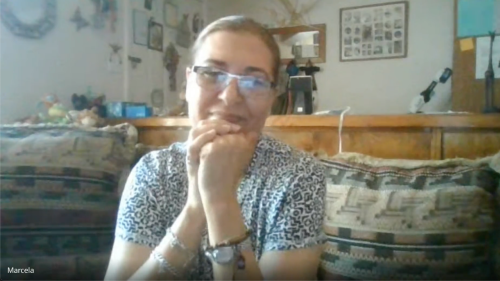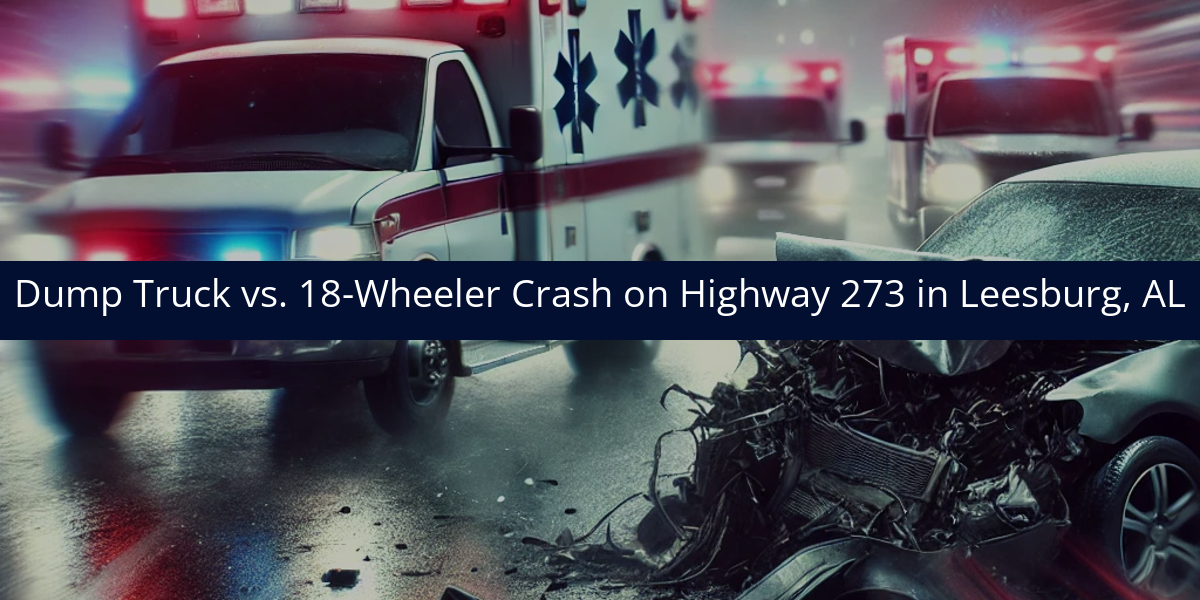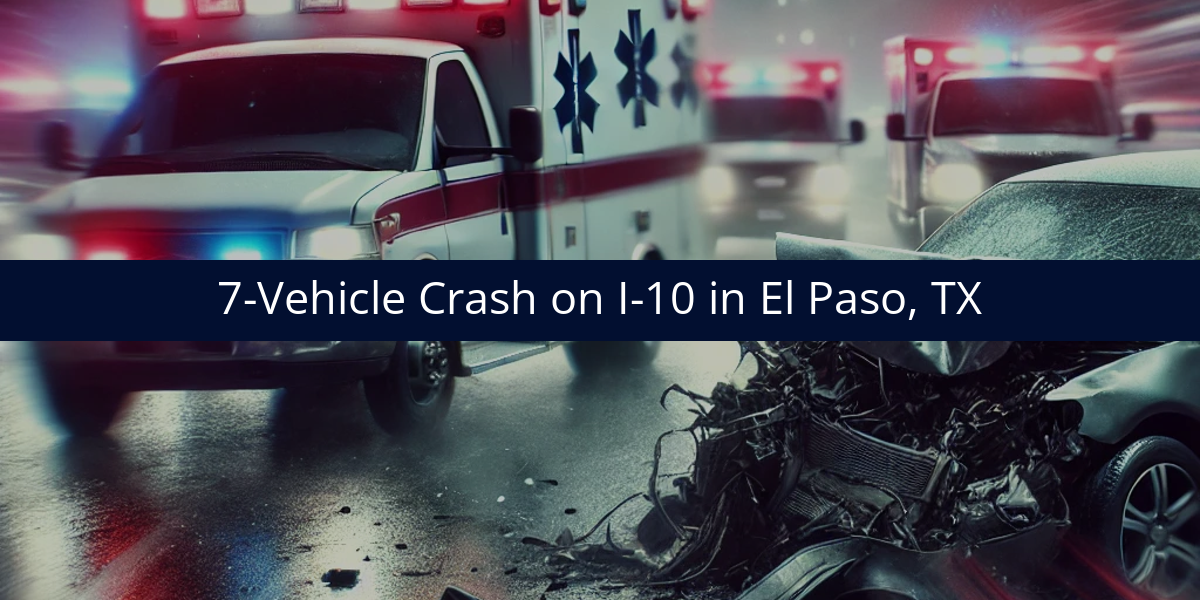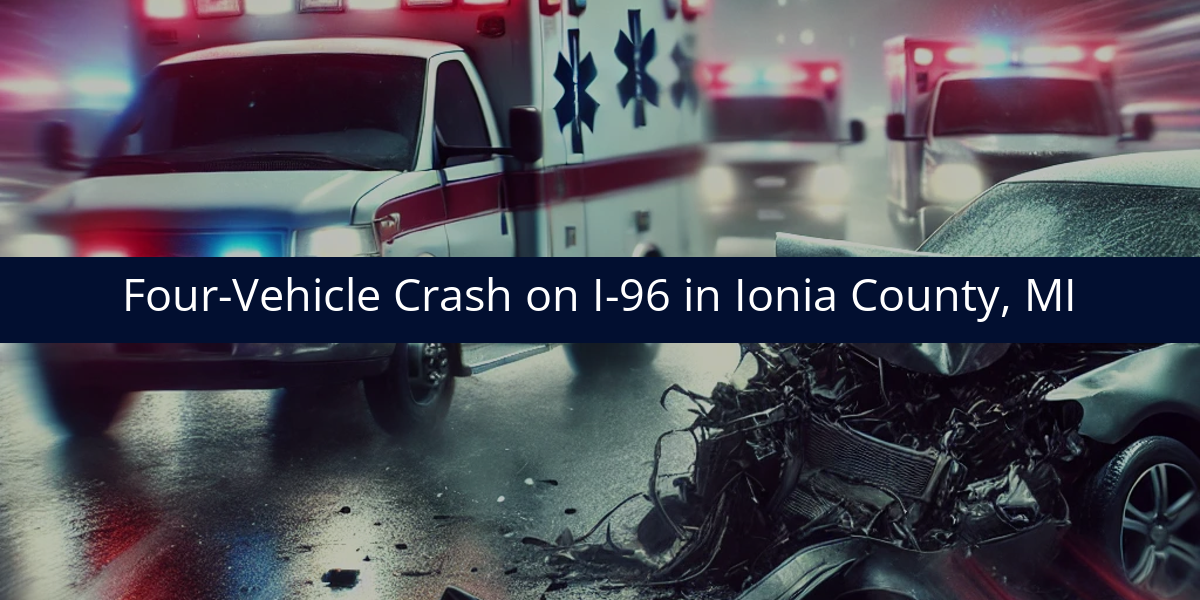A collision between a Ford F-150 and a Fluvanna County emergency vehicle left one man dead and several others injured Wednesday morning. According to Virginia State Police, the crash occurred at the intersection of Route 15 and Route 6 around 7:51 a.m. Authorities say the emergency vehicle was traveling northbound on Route 15 with lights and sirens activated when it struck a 1998 Ford F-150 that had entered the intersection from Route 6, where there is a stop sign. The driver of the F-150, 61-year-old Luis J. Sanchez of Henrico, died at the scene. Three others were taken to area hospitals, two of them with serious injuries.
Whenever I read about a fatal crash involving an emergency vehicle, I think about how critical it is to understand all the moving pieces. In my experience, it's easy to focus on one driver's action—like pulling into an intersection—but the bigger picture often reveals whether the emergency vehicle was operating with appropriate caution.
Did the Emergency Vehicle Approach the Intersection Safely?
Even with lights and sirens activated, emergency drivers are still expected to slow down and ensure intersections are clear before entering. In many states, including Virginia, the law grants certain privileges to emergency vehicles, but those don’t necessarily eliminate the duty to drive with due regard for the safety of others. Investigators will likely examine whether the emergency vehicle slowed or paused at the intersection and whether its approach gave other drivers a fair chance to react.
What Evidence Should Be Reviewed?
To fully understand what happened, investigators should review dash camera footage from the emergency vehicle and any nearby surveillance cameras that captured the crash. The vehicle’s Engine Control Module (ECM) data can provide details about speed, braking, and steering in the moments before impact. Witness statements will also be important—especially from those who may have seen or heard the emergency vehicle before the collision. Roadway markings, debris fields, and visibility at the time of the crash are all additional pieces of the puzzle that can help establish whether this crash could have been avoided.
Why Even Ask These Questions?
In collisions like this one, it’s essential to examine all of the facts before coming to any conclusion. In my experience, these cases often come down to details that are sometimes overlooked at the beginning of the investigation. A thorough investigation will be crucial in understanding exactly why this crash happened and providing answers to those affected by it.











